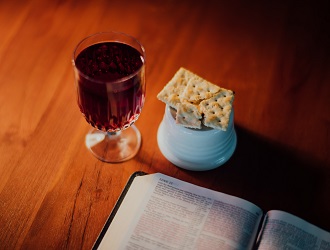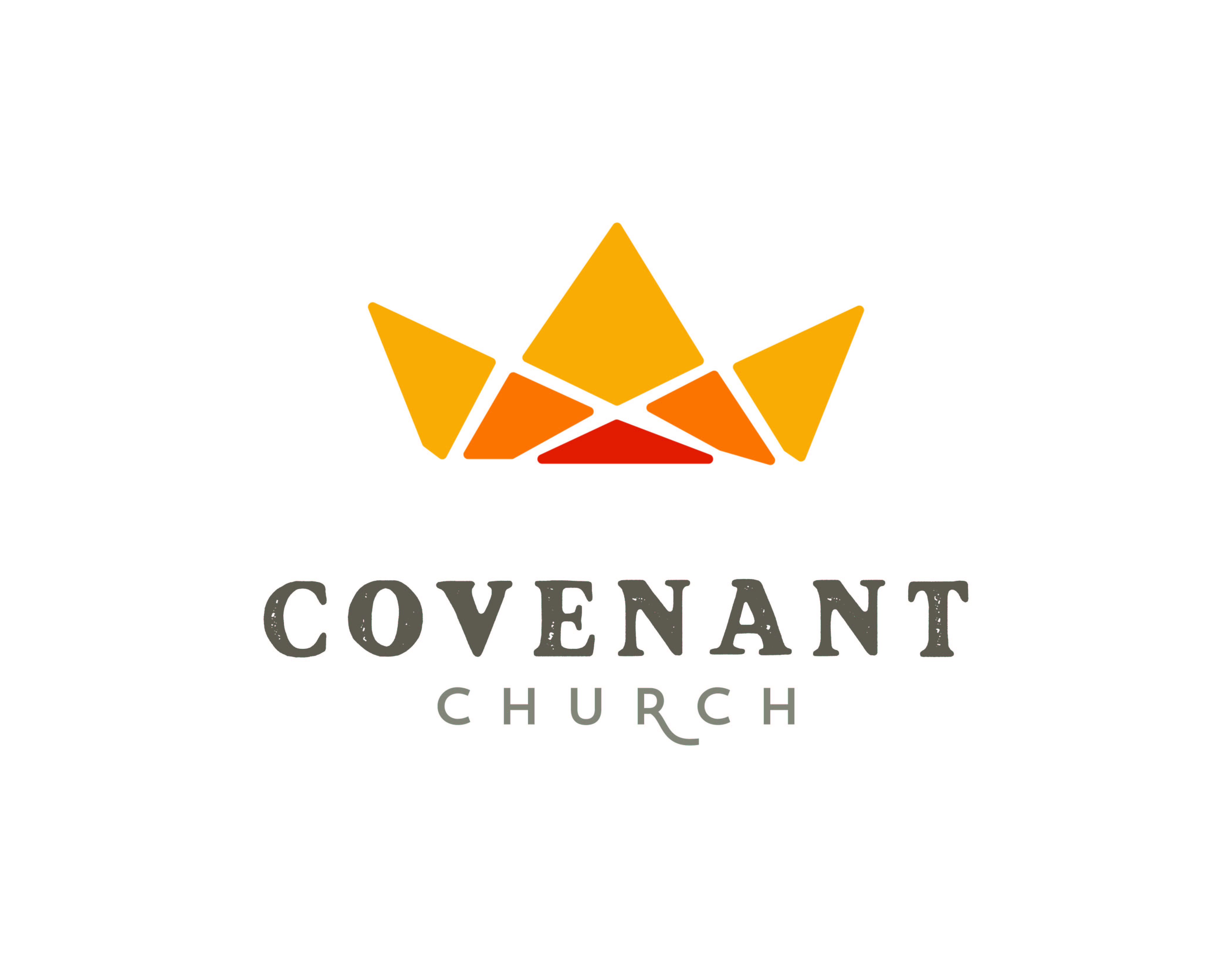Have you ever wondered why our celebration of the Sacrament of Communion, with its small piece of bread and sip of juice, is called a “supper”? Well, I don’t know if I have THE reason, but I think I know part of the reason and Corinth provides an excellent clue.
In Paul’s day, Corinth was a thriving cosmopolitan city known for its wealth, diversity and immorality. As a Roman administrative center it offered many things, including the opportunity to worship at many different temples. Archaeologists have found offerings made to Asclepius, the god of medicine and healing. As the goddess of love, beauty and fertility, Aphrodite’s temple was said to employ 1,000 temple prostitutes. Also in the fertility business, Demeter and her daughter Kore had their less grandiose but still important spaces (imagine what industries were centered around these shrines)! Poseidon also had his space as did various Egyptian gods and Roman emperors.

In the Greco-Roman world, many temples also included dining rooms where groups of worshippers could feast on the meat they brought for sacrifice. Even though these meals were primarily social occasions which followed worship, they still carried a heavy religious element. This connection with idols caused many Christians to question whether they should eat this meat (see 1 Corinthians 8). As celebrations, these temple meals would have had few rules (they were disorderly) and would have included revelry and excess. In 1 Corinthians 10:6-7, Paul mentions how the early Israelites engaged in this kind of idolatrous “party” when they waited for Moses at the bottom of Mt. Sinai. In 11:17-22 he describes the celebration of the Lord’s Supper with similar words and says their meeting does more harm than good. And in 14:26-33 he instructs them to be orderly in their worship. These things are grouped together for a reason.
We know that the early Jewish-Christian church put a high priority on sharing meals together (Acts 2:42-47). It started with Jesus who was known to share table fellowship with anyone. Additionally, Jesus introduced the Lord’s Supper as a new element within an existing meal (the Seder or Passover meal) and so it makes sense that these new church communities would include the Lord’s Supper in the midst of a full meal. This shared meal was such a powerful picture of their love in Christ that it became evidence of their koinonia (the kind of fellowship philosophers could only describe but never experience) and took on its own name—the love feast.
If we lay the scripture over their culture, we see how one informs the other. Most in Corinth would have participated in these self-centered temple meals. Since this is what everyone did at any temple, it would have been a natural thing to transfer some of those practices over to the Christian love-feast. In the earliest years, when congregations were made up mostly of those with Jewish or “God-fearer” backgrounds, maintaining the proper decorum would have been the natural thing to do. However, when congregations became increasingly more Gentile in their background, the generational Jewish history of “decently and in order” would have been replaced by Greco-Roman practice and you end up with what Paul describes in 11:17-22. Within a few centuries the combination of the Lord’s Supper with the love feast disappears from history and we are left with the symbols of the bread and the cup standing on their own. In other words, we are left with a snack that is still called a meal. Though, this is not always the case.
You might remember Maundy Thursday about three years ago when over 200 of us assembled in the Gathering Place to share a meal and the Lord’s Supper. We sat in multi-generational tables eating foods of Jesus’ culture and time period. We waited until everyone had assembled before we began and we offered instruction on which foods to eat and which ones to leave for later. Then, after all had eaten their fill, table leaders took a portion of the bread and the juice that had been saved for this moment and we remembered the Lord and the new covenant He made with His blood. Some stood to serve each person at their table while others chose to pass the elements. As I participated and watched what unfolded I could not help but wonder if this was, in some small way, a picture of what happened at the love feast so many years ago.
When elders from our presbytery* gather to meet, their agenda always includes a meal followed by worship and communion. For years I used to experience these things as separate events. We eat. We worship. We share communion. But over the last decade, that perspective has started to shift.
Have you ever stopped to consider how our culture teaches us to break up every day into hours and minutes and to break up every meeting into separate and independent agenda points? Maybe what we do at presbytery is not really dinner and then worship with communion. What if the three are actually the same event? Can I begin to see the entire event as a love feast? In what other ways does my culture taint my experience of faith? Perhaps we are not that far off the mark after all.
And what of every Sunday, when I share breakfast with my family and head downstairs or to Covenant for worship? Are these two separate events or one? What does it do to my morning if worship begins with a meal around a table?
Learning with you along the way.

Rob
* Presbytery is the name given to the Presbyterian congregations within the same geographic region. Ruling and teaching elders gather several times each year to encourage and equip one another for ministry and conduct the business of the church. Covenant is part of the Presbytery of the Midwest. All Evangelical Presbyterian churches in Michigan, Indiana and western Ohio belong to the Presbytery of the Midwest.






